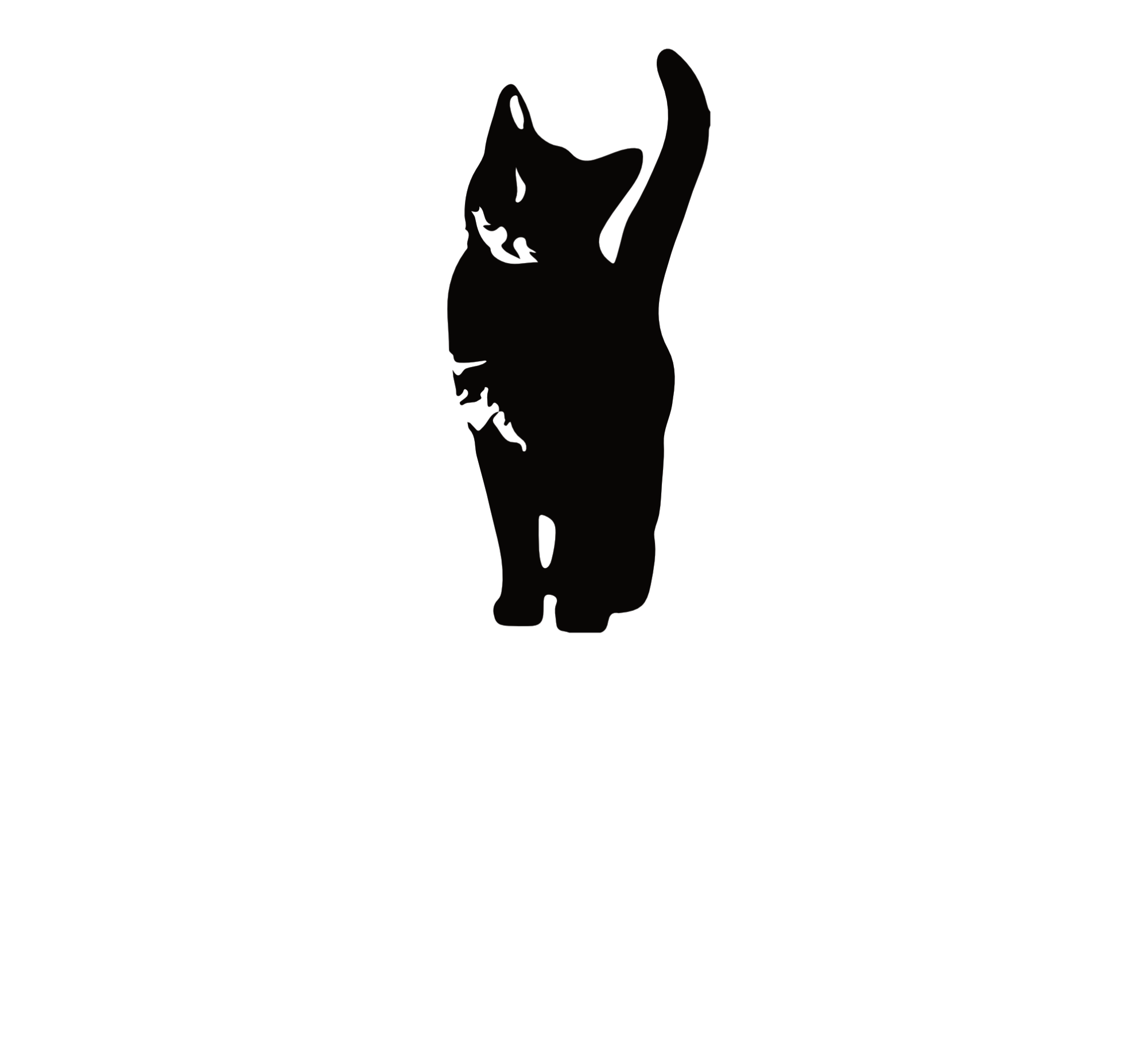Who are my target customers? Who are my competitors? Is my industry growing or shrinking? What sources of information are consumers in my industry using to make purchasing decisions? If you have any of these questions, or others that involve traditional “insights” or consumer research, then I have good news.
I have some FREE answers for you.
Well, almost free, you need to do a little work too.
In my previous article, I discussed the importance of getting your business question right. After all, if you don’t know what you are looking to answer, it’s pretty hard to answer it. Now that you have that nailed, its time to identify good data sources.
Good research doesn’t have to be expensive. There are numerous resources out there to help with product development, market sizing, targeting, channel strategy, and numerous other business questions. In consumer research, we look at two types of data: primary data and secondary sources.
Primary data is any data collected for a specific purpose. It is usually a survey, but can include mystery shops, social media harvesting, focus groups, ethnographies, and a litany of other primary research techniques.
Secondary research, sometimes referred to as “desk research,” are data sources gathered for numerous specific and general purposes. For this article, I will focus solely secondary sources.
There’s loads of great secondary research out there, and in many cases you already paid for it! If you are a U.S. taxpayer, Uncle Sam has been busily gathering all kinds of useful information for you. In addition, quasi- and non-governmental sources abound. Last but not least, even for-profit firms are not entirely stingy with their data. Let’s look at some of the more useful sources.
Government Sources
In 2009 the Obama administration swung open the doors to data.gov. This is essentially an “overlay” site for multiple government data sources. It is chock full of data that can help the small- and medium-sized business owner answer all kinds of marketing strategy and product development questions. Here are a few waiting to be explored.
Brought to you by the good folks at the Bureau of Labor Statistics, the Consumer Expenditure Survey looks at U.S. buying habits, income, and household characteristics. Another great resource is more or less an addendum to the decennial U.S. Census called the American Community Survey. This data set tracks population down to a very fine level of geographic detail with a sample size of over 163,663 interviews (and estimates for over 130,000 others). The survey inquires about age, sex, race, income, health insurance, education, and a variety of other tidbits that could help you identify where and whom to focus your business on.
From a B2B and competitive intelligence perspective, the Economic Census asks 4 million businesses to provide feedback about their organizations every 5 years. Thinking about opening a pet food supply store? You can determine the number of players in that space and the annual revenue for that industry. Questions such as, is the industry growing or shrinking, who do they sell to, and what types of products they sell can help you identify the size and attractiveness. There is also a plethora of information from the Census Bureau on Retail Trade.
The USDA provides heaps of information on what is produced and consumed by the American public. Wondering about how often people eat out? Look no further than the ERS Food Expenditure Series. Wondering about Pork consumption; you can find all about it here.
That’s not the end. There are gigabytes of free data at your disposal for many questions. Unfortunately, the government doesn’t always make it easy to access, but they do offer tools like American FactFinder and DataFerrett to help. Many have useful tables and reports that require no analytical software. However, you may need to breakout out Excel or even SPSS (IBM’s predictive analytics software) or SAS (business analytics software) for the larger datasets.
Association, Trade Data, and Non Profit Sources
Industry and trade associations are commonly established to support a particular industry and give it a common voice. There is literally an association for almost any industry. From the American Pet Products Association, which offers some data free and the rest for a reasonable price (special member price of $495!), to the National Barbecue Association. There’s even The Association for Dressings and Sauces. I am sure there is an industry (and data) for your specific industry needs. One of the more generic industry associations that appears to be the especially well heeled is the National Retail Federation
The NRF has all kinds of helpful information within its Insight Center. Wondering where consumers shopped for toys last month? It’s right here and free. How important is free shipping to consumers when online? Look right here. Wondering what people are planning to do for St. Patrick’s Day? s.
For more general trends and facts, like feelings about personal finance or parental time use, the Pew Research Center is a nonpartisan “fact tank” that can be accessed for free. Similarly, the University of Michigan Survey Research Center has data concerning a number of topics of potential interest to small and medium business owners such as the Health and Retirement Study, the foreboding-sounding Panel Study of Income Dynamics, and a collection of useful data about Economic Behavior. NAICS is not only the national organizer of businesses (replacing SIC codes in 1997) but is also a good source of Firmographics, and a great place to figure out who is doing what with a comprehensive list of almost every business in the United States. Spokeis also a handy website for competitive intelligence gathering.
You can burn many, many hours looking at all of these data sources, so remember to stick to your original question and try not to get distracted.
For Profit (mostly) Freebies
There are many research agencies that provide tables and reports publicly for public relations and promotional purposes. Lucky for us, they are free. Check out this insightful report on consumers who are less or more likely to be harsh on your company. Gallup has some excellent free information about social trends. Find out about daily retail spending, economic confidence, or where people exercise the most. The Roper Center also does quite a bit of social polling, some of which is free. ASCI tracks how hundreds of brands in 48 industries perform on customer experience. Find out which supermarkets, hotels, orairlines are best in their industries. JD Power and Associates has similar benchmarking data for selected industries.
Wonder where to start your business? ZoomProspector is a cool tool to identify potential best locations. City-Data is also a remarkable collection of geo-demographic data to plan your next retail outlet. Ad Age’s data center is free and has a ton of free information on advertising, media spend, and more.
Hoovers.com provides a treasure trove of competitive intelligence from B2B applications. A good chunk of the site is free, with a fee for more details. Finally, a massive archive of current secondary research can be found at Marketresearch.com, but you must crack the wallet open just a bit to take advantage of most the content.
Check Your Sources
All data is not the same. Data is the building block of any good business case or strategy, so it’s important to make sure it’s solid. Most of these sources I have personally used before and found them to be based on sound scientific rigor. No one is going to doubt statistics from the Bureau of Labor Statistics, while they might hesitate to trust that Facebook poll you conducted with 200 of your friends. As you see, you can get a long way without spending a nickel on data collection. However, there will come a time when you need to do some primary data collection. For example, getting direct feedback on service, features, or products for a specific target group. There are also cost effective ways to gather that data. It’s not free, but much easier to do than in the past.



